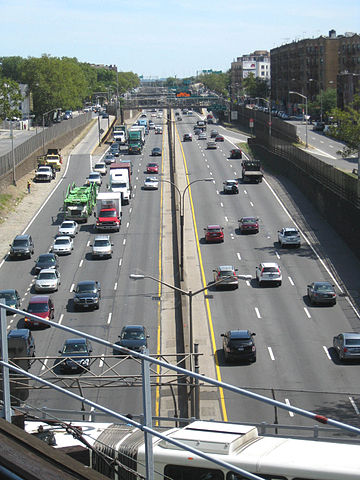Number 12 in the Clean Air Technologies Series.

I don’t consider myself to be an inventor or designer, but in the late 1980s I came up with what I thought was a feasible idea: make use of piezo-electric devices to generate electricity. The specific application I was going for was in the railroad realm whereby such transducers could be placed in the roadbed under the track structure itself and when deformation in the track occurred as a result of a train rolling on top of it, by virtue of this action, pressure would be placed upon the piezo-electric transducer itself, thereby changing applied pressure into electricity.
I really did not believe my idea to be that far-fetched. But looking back, application of this type of device in this way I don’t think it was quite ready for prime time then.
I figured, based on the number of transducers placed one next to another and so on down a railroad line, for example, with miles and miles of such placed just beneath the track, a considerable amount of electricity could be generated.
The train/transducer connection
Dividing the campus of California Polytechnic State University in San Luis Obispo in two at the time that I attended, was the railroad track and corresponding right-of-way of the then Southern Pacific Railroad.
Meanwhile, above Highland Drive, one of the campus’ many roads, was placed a bridge over which trains would cross. One day while walking near the railroad bridge, a train was passing over and what I noticed was slight bridge deformation caused by the load being applied by each and every freightcar as they rolled across.
As a result of being enrolled in the mid-‘70s in a “Strength of Materials” class (one of many required courses for my major) – a part of the content of which dealt with deformation, coupled with the class I signed up for in “Electronic Circuits and Devices,” where I learned about transducers and piezo-electric devices in particular, it was years later, in the late ‘80s that I put two-and-two together and came up with the “piezo-electric transducer/railroad application” idea. Fact is, in this day and age, this and related applications of piezo-electric transducers seem most relevant and apropos.
As a matter of fact, these devices can produce electricity to power streetlamps, building lights, etc. They can be placed in the ground where people walk, in roads driven on by motor vehicles, in the railway environment; in fact in any application where pressure is created via an associated but external, insular means.
Limitless possibilities?
There is no telling where these devices will turn up; perhaps powering light-emitting diodes placed in the soles of shoes making wearers of such shoes more conspicuous, especially at night, all in the name of safety, this, of course, being but one example.
Previously in an earlier post, and as it relates, I introduced the transducer as used in so-called “shock-absorber” and other applications, whereby captured vibrations from train rumble, skyscraper sway, etc. is converted into electricity.
Except for maybe the sky, there really appears to be no limit to transducer and, in particular, piezo-electric transducer application.
For more, see: http://www.innowattech.co.il.
– Alan Kandel
This post was last revised on Nov. 29, 2019 @ 7:18 a.m. Pacific Standard Time.